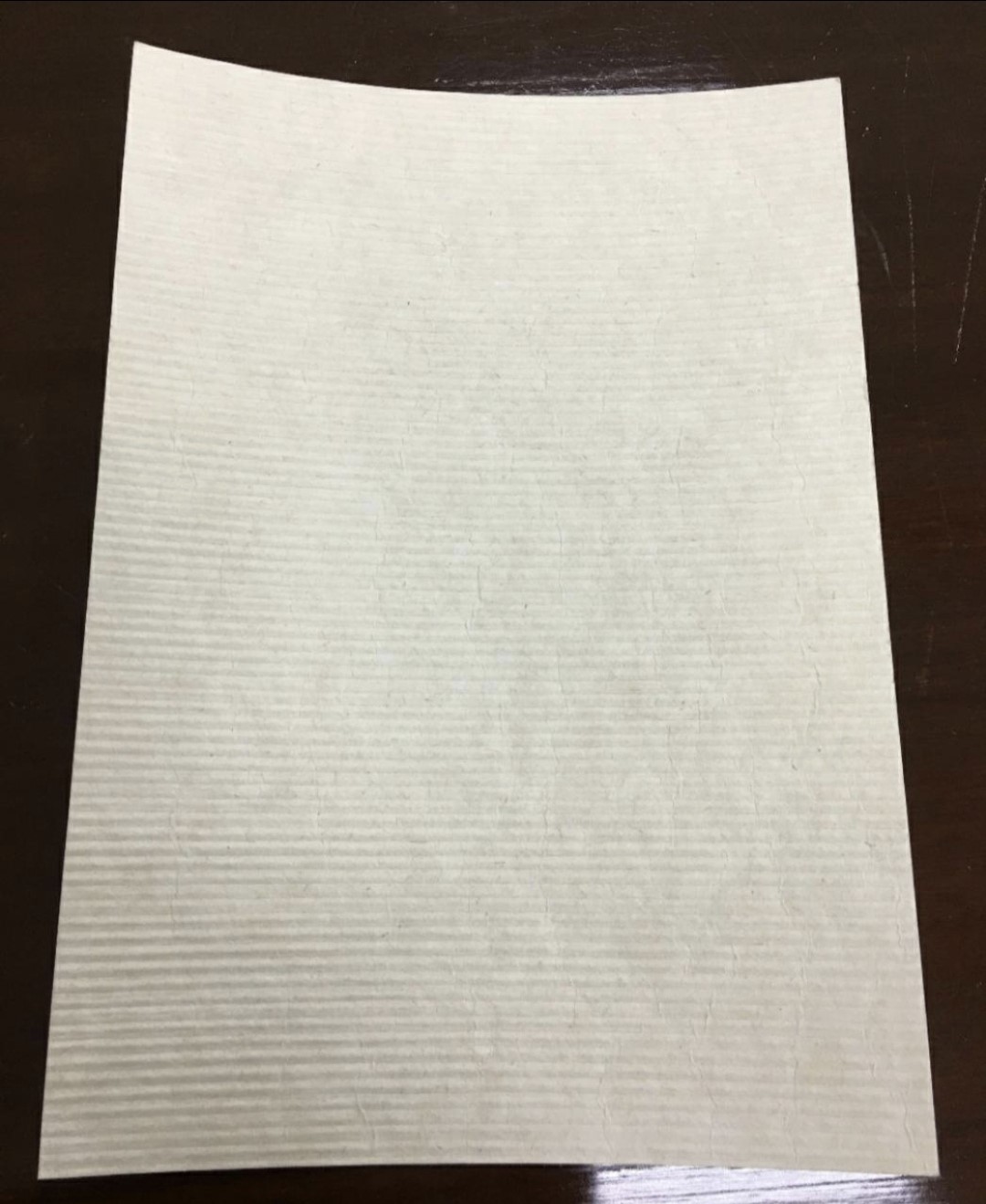
The B2B platform for the best purchasing descision. Identify and compare relevant B2B manufacturers, suppliers and retailers
Close
Filter
Result configuration
Continents
Select continent
Locations
Result types
Company type
Select company type
Industries
Select industry
Company status
Select company status preset
Number of employees
Min.
Max.
Founding year
CelluForce
Montreal, Canada
A
11-50 Employees
2010
Key takeaway
CelluForce is a leading supplier of nanocellulose, specifically cellulose nanocrystals, with a production capacity of 300 dried metric tonnes per year. Their innovative products are utilized in various applications, promoting the development of more sustainable and effective materials.
Reference
Core business
Nanocellulose & Nanocrystalline Cellulose Supplier | CelluForce
CelluForce is the leading supplier of nanocellulose, nanocrystalline cellulose and cellulose nanocrystals used in formulations to create better products.
Performance BioFilaments
Vancouver, Canada
A
11-50 Employees
2014
Key takeaway
The company specializes in providing nanocellulose additives, specifically Nanofibrillated Cellulose, which significantly enhance the strength, thermal stability, and other critical properties of various advanced materials. Their focus on performance and sustainability positions them as a key player in the application of nanocellulose for economic and environmental success.
Reference
Product
Permformance BioFilaments | Our Products
Anomera Inc
Montreal, Canada
A
11-50 Employees
-
Key takeaway
Anomera specializes in the production of carboxylated Cellulose Nanocrystals (CNC) through a patented eco-friendly process, emphasizing sustainability and green chemistry. Their innovative product, DextraCel®, offers a high-performance nanomaterial with applications across various industries, including concrete, polymers, and pharmaceuticals, potentially replacing harmful petrochemical ingredients.
Reference
Core business
Anomera – Anomera
Anomera manufactures carboxylated Cellulose Nanocrystals (CNC) in a patented eco- friendly method that delivers a superior nanomaterial. This platform product is creating new opportunities for the multi-billion dollar markets for the industries of concrete, polymer composites, coatings, pigments, agriculture, and for human wellness in pharma and life sciences.
Looking for more accurate results?
Find the right companies for free by entering your custom query!
25M+ companies
250M+ products
Free to use
UPM Biomedicals
Helsinki, Finland
A
10001+ Employees
1996
Key takeaway
UPM Biomedicals specializes in producing high-quality nanofibrillar cellulose derived from Finnish birch pulp, specifically for medical and life science applications. Their commitment to innovation and collaboration in areas like drug screening, personalized medicine, and tissue engineering underscores the importance of nanocellulose in advancing biomedical technologies.
Reference
Product
Nanofibrillar Cellulose Biomaterial | UPM Biomedicals
From sustainably grown birch trees to high quality nanocellulose – we manufacture nanofibrillar cellulose (NFC) as a biomaterial for biomedical use.
NAVITAS d.o.o.
Podcerkev, Slovenia
A
1-10 Employees
2009
Key takeaway
Nanocrystalline cellulose (CNC) offers significant potential for enhancing the mechanical properties of cementitious composites and is derived from renewable and biodegradable tree cellulose. The company's focus on the commercial production of CNC highlights its versatility and applications in various industries, including construction, electronics, and health care.
Reference
Core business
Nanocrystalline cellulose is renewable and biodegradable
Nanocrystalline Cellulose Is produced from tree cellulose and thus inviroment friendly. NanoCellulose promises many uses in medical, paint, composite, electronical and construction industry. Discuss sample shipment and pricing of Cellulose NanoCrystals with us.
BioNavis Oy
Tampere, Finland
A
11-50 Employees
2006
Key takeaway
The company, BioNavis, utilizes advanced surface measurement solutions to explore applications like the characterization of nanoparticles and polymer brushes, which is relevant to the study of nanocellulose. Their innovative techniques enable precise analysis of surface characteristics, crucial for understanding the interactions and kinetics associated with nanomaterials.
Reference
Product
MS_Nanocellulose_extra | BioNavis
MS_Nanocellulose
Blue Goose Biorefineries Inc
Saskatoon, Canada
A
1-10 Employees
2007
Key takeaway
BLUE GOOSE BIOREFINERIES INC. specializes in producing cellulose nanocrystals, highlighting their focus on this innovative material derived from the world's most abundant naturally occurring polymer, cellulose.
Reference
Core business
WE MAKE CELLULOSE NANOCRYSTALS
We make cellulose nanocrystals. Visit the site to learn more about the technology and to purchase product.
Nanollose
Australia
A
1-10 Employees
2014
Key takeaway
Nanollose has successfully demonstrated its waste-to-clothing technology by manufacturing the first wearable garment using Nullarbor Tree-Free Rayon, which showcases the potential of nanocellulose in sustainable textile production.
Reference
Product
Technology – Nanollose
FineCell
Linköping, Sweden
A
1-10 Employees
2015
Key takeaway
FineCell specializes in developing and producing micro- and nanocellulose, highlighting its commitment to sustainable and innovative material solutions. Their patented technology not only enhances product performance but also addresses the growing demand for environmentally friendly materials.
Reference
Core business
Home - FineCell
Advanced Cellulose For A Biobased & Circular Future FineCell develops and produces one of the most attractive and versatile biobased materials of the future, micro- and nanocellulose. our patented technology enables us to offer sustainable material solutions with unique performance benefits. Our products have the potential to upcycle used plastics, strengthen and develop new biobased … Home Read More »

Nordic Bioproducts Group Ltd
Espoo, Finland
A
11-50 Employees
2019
Key takeaway
Nordic Bioproducts Group specializes in biomaterial innovation, focusing on sustainable solutions derived from lignocellulose, including their flagship Microcrystalline Cellulose. Their patented AaltoCellTM technology highlights their commitment to creating environmentally conscious products that drive transformative change across industries.
Reference
Core business
Nordic Bioproducts Group
Technologies which have been searched by others and may be interesting for you:
A selection of suitable products and services provided by verified companies according to your search.

Product
Abaca Paper Pulp
Go to product
Nanocellulose is a renewable nanomaterial derived from cellulose, which is the most abundant organic polymer on Earth. It exists in various forms, including cellulose nanofibrils and cellulose nanocrystals, and is recognized for its unique properties such as high strength, lightweight, and biodegradability. This material is used in a wide range of applications, including packaging, biomedical devices, and as a reinforcing agent in composite materials. Its exceptional surface area and ability to form stable dispersions make it an attractive choice for enhancing the performance of various products.
1. Lightweight and Strong
Nanocellulose is known for its exceptional strength-to-weight ratio. This makes it an ideal material for applications in composites and packaging, allowing manufacturers to create lighter products without compromising durability.
2. Biodegradable and Sustainable
As a natural polymer derived from renewable sources, nanocellulose is biodegradable. Its use aligns with sustainable practices, reducing environmental impact compared to synthetic alternatives and promoting a circular economy.
3. High Surface Area and Reactivity
With its large surface area, nanocellulose offers increased reactivity, making it suitable for various applications such as drug delivery systems and as a reinforcing agent in materials.
4. Excellent Barrier Properties
Nanocellulose exhibits outstanding barrier properties against gases and moisture. This quality is particularly beneficial in food packaging, enhancing shelf life and maintaining product integrity.
5. Versatile Applications
The versatility of nanocellulose allows it to be used across multiple industries, including pharmaceuticals, construction, and electronics, making it a valuable component in developing innovative products.
Nanocellulose is produced through several methods, primarily involving the breakdown of cellulose fibers. One common technique is mechanical disintegration, where cellulose fibers are subjected to high shear forces. This process results in the fragmentation of fibers into nanoscale dimensions. Another method involves chemical treatment, where cellulose is treated with acids or enzymes to remove amorphous regions, enhancing the crystalline structure. This leads to the production of nanocrystalline cellulose. Enzymatic hydrolysis is also employed, utilizing specific enzymes to selectively degrade cellulose into nanofibers or nanocrystals. These production methods ensure that nanocellulose retains its beneficial properties, making it suitable for various applications in industries such as packaging, biomedical, and composites.
1. Packaging
Nanocellulose is widely utilized in the packaging industry due to its lightweight and biodegradable properties. This material enhances the mechanical strength of packaging while providing barrier functions against gases and moisture, thereby extending the shelf life of products.
2. Medical
In the medical field, nanocellulose is employed for wound dressings, drug delivery systems, and tissue engineering. Its biocompatibility, along with its ability to retain moisture and promote cell growth, makes it an ideal candidate for various healthcare applications.
3. Electronics
Nanocellulose is increasingly being integrated into electronic devices, particularly in flexible electronics and energy storage systems. Its excellent electrical insulating properties and mechanical flexibility allow for innovative designs and improved performance.
4. Construction
In construction, nanocellulose is used as an additive in cement and concrete to enhance their strength and durability. Additionally, it can improve the thermal and acoustic insulation properties of building materials.
5. Food Industry
The food industry utilizes nanocellulose as a thickening agent, stabilizer, and emulsifier. Its natural origins and functional properties make it suitable for enhancing the texture and appearance of various food products.
The environmental impacts of nanocellulose are largely positive. This material, derived from renewable plant sources, contributes to sustainable production processes. Its production often uses less energy and water compared to traditional materials, reducing the ecological footprint. Additionally, nanocellulose is biodegradable and non-toxic, making it an environmentally friendly alternative to synthetic materials. Furthermore, the use of nanocellulose in various applications can lead to lightweight yet strong products, promoting energy efficiency in transportation and construction. This characteristic can help decrease greenhouse gas emissions, supporting a move towards a more sustainable economy. Overall, the adoption of nanocellulose represents a promising advancement in environmentally conscious material science.
Some interesting numbers and facts about your company results for Nanocellulose
| Country with most fitting companies | United States |
| Amount of fitting manufacturers | 10000 |
| Amount of suitable service providers | 7056 |
| Average amount of employees | 11-50 |
| Oldest suiting company | 1996 |
| Youngest suiting company | 2019 |
20%
40%
60%
80%
Some interesting questions that has been asked about the results you have just received for Nanocellulose
What are related technologies to Nanocellulose?
Based on our calculations related technologies to Nanocellulose are Glass, Superconductors, High-Performance Materials, Raw Materials, Phase Change Materials
Which industries are mostly working on Nanocellulose?
The most represented industries which are working in Nanocellulose are Other, Chemicals, Biotechnology, Plastics, Oil, Energy and Gas
How does ensun find these Nanocellulose Companies?
ensun uses an advanced search and ranking system capable of sifting through millions of companies and hundreds of millions of products and services to identify suitable matches. This is achieved by leveraging cutting-edge technologies, including Artificial Intelligence.